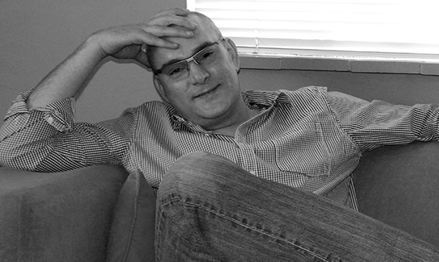|
 |
Prof Gustav Etienne Visser
Photo: Supplied
26 September 2013 |
Prof Gustav Etienne Visser (43) is Professor in Human Geography at the University of the Free State. He has been with the university’s Geography Department since January 2002 and became a full professor in 2009.
Visser completed his MA in Geographical Research at the Stellenbosch University in 1996 and finished his PhD in Geography at the London School of Economics and Political Science in 2000. His thesis was titled: Spatialities of social justice: reflections on South African Cities.
Visser was a Post-doctoral Fellow at the School of Geography, Archaeology and Environmental Studies at the University of the Witwatersrand before his appointment at the UFS. He now teaches Urban Geography to third-year students and Tourism and Development to MA students.
His research interests so far have been Identity-based consumption and urban morphological change, Tourism and development nexus and Critical reflections on South African Geographical Research.
Visser’s publications summary is as follows:
- Four books – edited collections
- 28 book chapters
- 71 refereed articles
- Nine academic commentaries and research notes
- 14 research reports
- and 38 conference papers
His latest research on how people’s leisure time influences our urban spaces, is fundamentally relevant to everyday life.
“We tend to forget to think about it, but how people spend their leisure time is part of their lifestyle,” says Visser.“ And our urban surroundings are influenced by the lifestyles of its inhabitants.”
When asked about his own leisure time and activities, Visser humorously responds “There is no such thing.”
However, he is passionate about eating, cooking and wine.
“I must also watch a series every day – Dexter is definitely my favourite.
“Furthermore, I also travel abroad for about three months of the year, which is mainly for my research concerning urban spaces.”